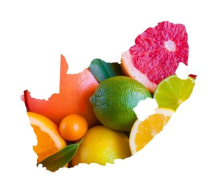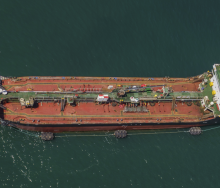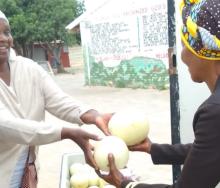Diverse commercial crops, subsistence farmers, cattle farming and forestry along South Africa’s eastern coastline, including agricultural areas further north and east of KwaZulu-Natal’s north coast, could be in jeopardy from severe cyclone disruption, a Wits University researcher has warned.
According to climate change scientist Dr Jennifer Fitchett, the phenomenon of rising sea surface temperatures means tropical cyclones, which are not uncommon to the Indian Ocean area, could increase in intensity.
The worst cyclone to have hit SADC countries usually affected by Indian Ocean sea storms was Eline.
In 2000 it dumped masses of torrential rain over vast areas of Mozambique and Zimbabwe, bringing about the kind of devastation that gripped the hearts and minds of the world when it witnessed a highly pregnant woman giving birth as she desperately clung to the branches of a tree surrounded by rising flood waters.
According to Fitchett, Eline was a category two storm but the potential cyclones flagged by her research data could be Cat 5 events – “the worst you can get”.
With winds of up to 270km/h and a span of 1000 kilometres across the storm’s eye, Cat 5 cyclones could wreak havoc unlike any calamity South Africa and its neighbours have seen.
The last Cat 5 storm to have developed over the Indian Ocean was Fantala in 2016.
It picked up speed as it wound south east of Diego Garcia atoll, sowed destruction across parts of the Seychelles, and only calmed as it approached the coastlines of Tanzania and Kenya.
Fitchett added that whereas cyclones had often been ‘stopped’ by Madagascar from reaching the mainland, it had been noted that sea temperatures along a wider area of the Indian Ocean, particularly further south and closer to South Africa, had been sharply rising.
Her research is based on World Meteorological Organisation data dating back to 1842, data that shows the first Cat 5 cyclone only occurred in the southern Indian Ocean in 1994.
Since then there have been 12 highest category storms that, for the most part, lost intensity before making landfall or were buffered by Madagascar.
Fitchett’s warning that Cat 5 cyclones have an increased likelihood of developing south of the equator, with a greater possibility of making landfall, is supported by similar predictions of the Intergovernmental Panel on Climate Change.













